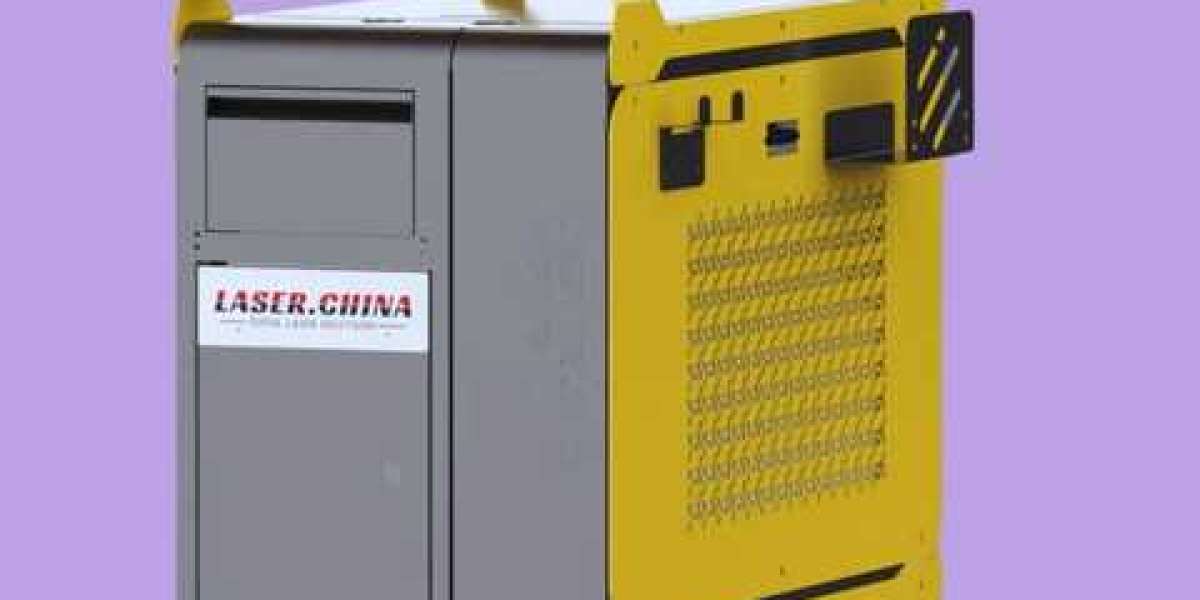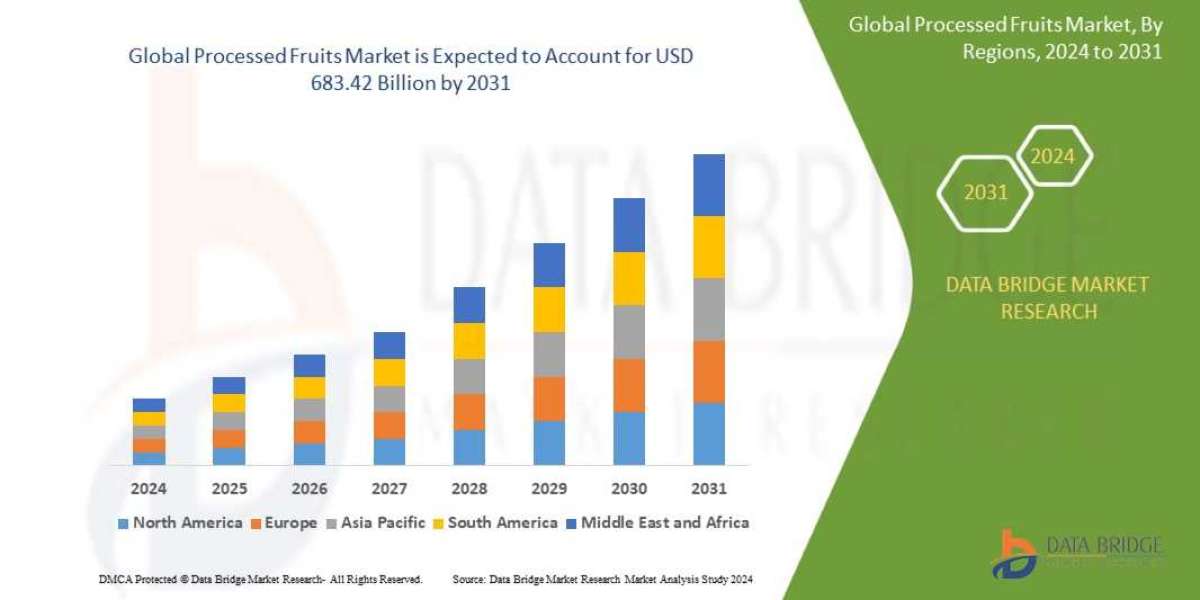An S-Curve is a graphical representation of cumulative data—such as cost, time, or progress—plotted against a timeline in project management. The name comes from the shape of the graph, which typically resembles the letter “S.” At the start of a project, progress is slow, then accelerates in the middle, and finally tapers off as the project nears completion.
S-Curves are one of the most widely used tools for monitoring, controlling, and forecasting project performance.
Why Are S-Curves Important?
Projects rarely progress in a straight line. Some stages demand more resources, effort, or time than others. The S-Curve helps project managers visualize how the project is unfolding and whether it is on track.
Key reasons why S-Curves matter:
Provide a visual roadmap of project progress.
Highlight deviations between planned and actual performance.
Help in forecasting costs and schedules.
Facilitate early detection of delays or overruns.
Enhance decision-making and accountability.
Components of an S-Curve
An effective S-Curve graph usually contains:
X-Axis (Timeframe) – Project duration.
Y-Axis (Cumulative Values) – Can represent cost, work hours, or progress percentage.
Planned Curve – The expected progress based on the project baseline.
Actual Curve – The real progress recorded during execution.
Forecast Curve – Projected outcomes if current trends continue.
These elements allow managers to compare what was planned versus what is happening.
Types of S-Curves
S-Curves can represent different project aspects depending on the focus:
1. Cost S-Curve
Tracks cumulative project expenditure over time. Useful for budget management and cost forecasting.
2. Resource S-Curve
Shows manpower or material usage across the project lifecycle. Ensures resources are aligned with demand.
3. Progress S-Curve
Represents cumulative work completed as a percentage of total scope. Commonly used in construction and engineering.
4. Earned Value S-Curve
Combines cost and schedule to track overall performance using earned value management (EVM).
5. Baseline vs. Actual S-Curve
Compares planned versus actual progress to quickly identify delays or overruns.
Applications of S-Curves in Project Management
S-Curves are versatile and used across multiple industries. Their main applications include:
1. Performance Tracking
Managers can monitor whether the project is following the planned trajectory. A deviation from the baseline indicates problems that need immediate attention.
2. Forecasting
By extending the curve, project managers can predict future outcomes in terms of cost, time, or resource consumption.
3. Resource Allocation
Resource S-Curves ensure manpower and materials are distributed effectively across project phases.
4. Communication with Stakeholders
S-Curves provide a clear visual summary for reports, presentations, and meetings, making it easier for stakeholders to grasp project status.
5. Risk Management
Early detection of deviations allows managers to take corrective actions before small issues become major risks.
Benefits of Using S-Curves
Visual Clarity – Easy to interpret compared to raw data tables.
Early Warning System – Helps identify underperformance or overspending.
Decision Support – Enables data-driven planning and corrective measures.
Improved Accountability – Assigns responsibility by comparing actual vs. planned results.
Adaptability – Can be applied to any industry, from construction to IT.
Challenges with S-Curves
Despite their usefulness, S-Curves come with challenges:
Require accurate baseline data to be effective.
May be misleading if progress reporting is inconsistent.
Do not always capture qualitative factors like team morale or external disruptions.
Can be complex to interpret without experience.
To overcome these, managers should combine S-Curves with other tools like Gantt charts, risk registers, and detailed cost reports.
Tools for Creating S-Curves
Modern project management software makes generating and analyzing S-Curves easier. Some popular tools include:
Primavera P6 – Widely used in construction and large-scale engineering projects.
Microsoft Project – Ideal for corporate and IT projects.
Excel – Flexible and customizable for creating manual S-Curves.
Smartsheet and Power BI – For real-time visualization and reporting.
Real-Life Example of S-Curves
Imagine a construction project to build a commercial complex:
The Planned S-Curve shows costs ramping up during foundation and structural work, peaking at mid-project, then declining during finishing.
The Actual S-Curve reveals slower-than-expected early progress due to weather delays.
By comparing the two, managers identify a potential delay and adjust resources to catch up.
This real-time adjustment avoids cost overruns and ensures project delivery within deadline.
Best Practices for Using S-Curves
Develop a Reliable Baseline – Ensure accurate estimates for cost and schedule.
Update Regularly – Keep data current to reflect real conditions.
Use in Combination – Pair S-Curves with earned value analysis for deeper insights.
Train Teams – Ensure project teams understand how to read and apply S-Curves.
Communicate Clearly – Use the visual nature of S-Curves to simplify complex updates for stakeholders.
The Future of S-Curves
With the rise of AI-driven project management tools, S-Curves are becoming more predictive. AI can forecast risks, recommend resource adjustments, and automatically update S-Curves in real-time. Cloud-based dashboards now allow project teams worldwide to collaborate seamlessly and interpret progress data instantly.
Conclusion
S Curves are one of the most powerful tools in project management and scheduling. They provide a clear visual representation of how projects are progressing in terms of time, cost, and resources. By comparing planned versus actual performance, project managers can forecast outcomes, identify risks, and take corrective action early.
Whether in construction, IT, engineering, or government projects, S-Curves remain indispensable for effective monitoring, forecasting, and communication. As technology evolves, their role will expand, making them an even more critical element of modern project management.



